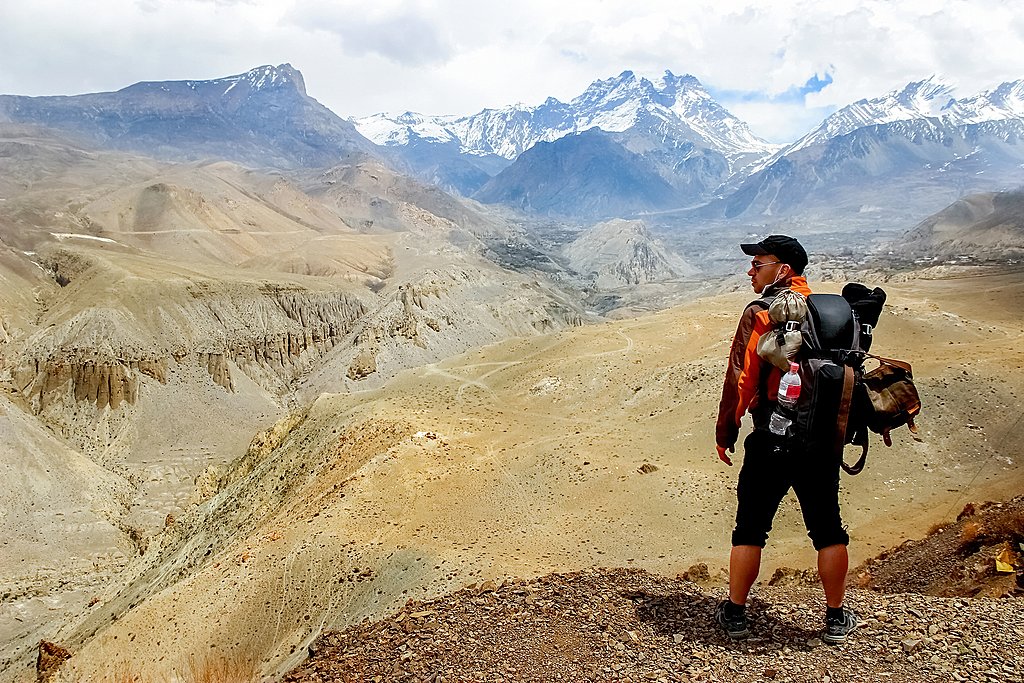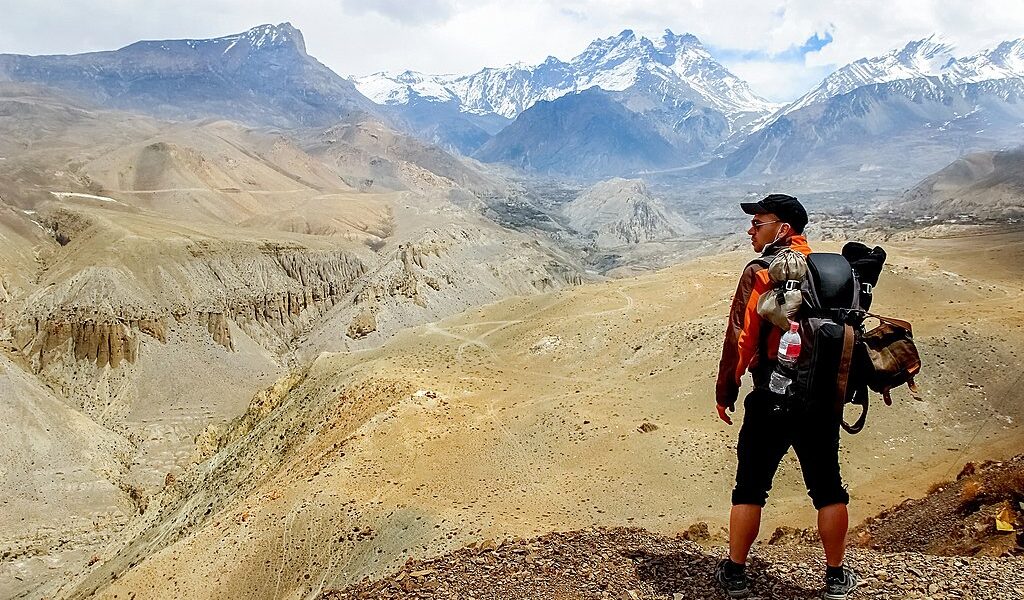
With the arrival of monsoon season in Nepal, visitor numbers thin out considerably in June. But there are still a number of cultural and trekking activities you can enjoy in this warmer month, if you know where to look.
Nepal in June: A Detailed Travel Guide
Nepal, a land of stunning landscapes and rich culture, presents a diverse range of climatic conditions throughout the year. This is especially true in June, as the monsoon season begins its sweep across the country. Understanding the weather patterns, crowd levels, and available activities is crucial for planning a successful trip to Nepal in June.
Weather in Nepal during June
The weather in Nepal is dramatically different depending on the altitude and geographical location. The country can be broadly divided into three climatic zones: the Terai plains, the mid-hills (where major cities like Kathmandu and Pokhara are situated), and the high Himalaya.
The monsoon season, originating in India, typically arrives in Nepal in June. While sporadic rainfall might occur towards the end of May, June marks the official start of the monsoon. This weather pattern brings both advantages and disadvantages to travelers.
On the positive side, the monsoon provides a much-needed respite from the scorching heat and dusty conditions that often plague the cities before its arrival. The rains are vital for agriculture, irrigating the fields and ensuring successful crop yields.
However, the monsoon also presents challenges for travelers. The increased rainfall can lead to wet weather, landslides, and muddy or flooded roads, potentially disrupting travel plans. While the rain may offer some relief from the heat, it also increases humidity levels, which can make conditions feel uncomfortable.
Crowds and Costs in June
June is generally considered a low season for tourism in Nepal. This means that fewer travelers are visiting the country compared to peak seasons like spring and autumn. As a result, many hotels offer lower rates to attract guests, making it a potentially more affordable time to visit. However, the low season also reflects the less-than-ideal trekking conditions that prevail in many parts of the country. Many trekking trails become either uncomfortable or even inaccessible due to the heavy rainfall and associated hazards.
Trekking Trails in June
Generally speaking, June is not the most favorable time for trekking in many regions of Nepal. The heavy cloud cover often obscures the panoramic views that are a major draw for trekkers. Trails can become muddy and slippery, making hiking more challenging and potentially dangerous. Furthermore, road access to trailheads can be disrupted by landslides, adding to the logistical difficulties.
However, there is a notable exception to this rule: Mustang. This region lies in the rain shadow of the Himalaya, effectively shielding it from the full force of the monsoon. Mustang experiences relatively dry conditions in June, making it a viable option for trekking during this time. For those specifically interested in trekking in the Everest Region during June, additional resources and information can be found.
Where to Go in Nepal in June
As mentioned previously, Mustang is an excellent choice for travel in Nepal during June. Located north of Pokhara, within the rain shadow of the Himalaya, Mustang enjoys sunny weather without the excessive heat, thanks to its higher altitude. The skies typically remain clear, offering stunning views of the surrounding landscape. While overland travel to Mustang can be difficult due to potential landslides on the road, Jomsom, a key town in the region, is accessible by air from Pokhara.
If your travel plans are restricted to June and you are determined to trek in Nepal, consider exploring Lower Mustang and Upper Mustang. These regions offer unique trekking experiences that are less affected by the monsoon.
What to Do in Nepal in June
While many outdoor adventure activities may be curtailed by the monsoon in Nepal during June, a wealth of cultural activities remain available and enjoyable. Cities and towns such as Kathmandu, Pokhara, and Bandipur offer a rich tapestry of cultural attractions. Temples, museums, bustling bars and restaurants, and diverse shops provide ample opportunities for exploration and immersion in the local culture. Moreover, charming accommodations can enhance your experience, offering comfortable retreats amidst the vibrant atmosphere. As highlighted earlier, trekking in specific regions remains a viable option.
Consider visiting Bandipur, a hidden gem nestled in central Nepal. This enchanting town offers a unique blend of cultural heritage and natural beauty, making it a worthwhile destination.
June Events in Nepal
Traditional Nepali festivals, rooted in both Hindu and Buddhist traditions, typically adhere to a lunar calendar. This means that the dates of these festivals can vary from year to year, potentially shifting between May, June, and July. However, some festivals are often celebrated in June.
Patan’s Rato Machchendranath festival, a significant event in the Kathmandu Valley, sometimes extends into June. If you find yourself in Kathmandu during this time, witnessing the procession of the enormous chariot through the streets is an unforgettable experience.
Ropain, a rice-planting festival that marks the beginning of the agricultural season, usually takes place in late June or early July. This festival offers a glimpse into the rural traditions and agricultural practices of Nepal.
Suggested Itineraries for Nepal in June
Lower Mustang Trek: This trek takes you through Mustang, part of an ancient trade route to Tibet along the Kali Gandaki river. The Lower Mustang trek offers well-developed trails in the Annapurna area. Enjoy a moderate trek bordering Annapurna and Dhaulagiri, with stunning views and comfortable stays in teahouses run by Gurung and Thakali families.
Upper Mustang Trek: This trek leads you into the hidden Buddhist kingdom of Upper Mustang, a region steeped in history and culture. Explore the ancient “sky-caves,” including the Luri Gompa and Tashi Kabum, adorned with exquisite murals of the Tibetan Buddhist world dating back to antiquity.
(Word Count: 844)
B-1734

